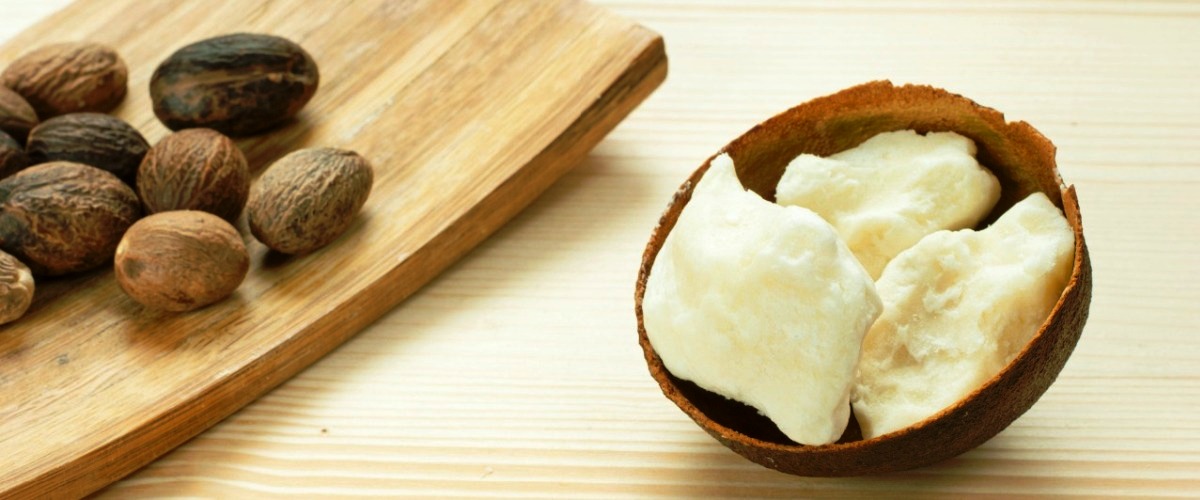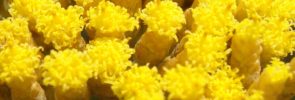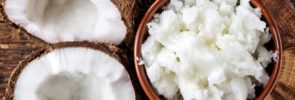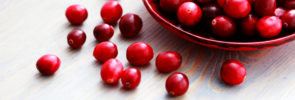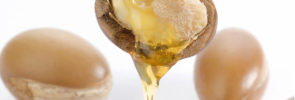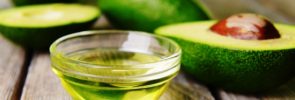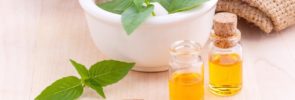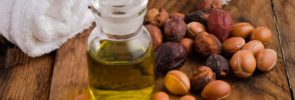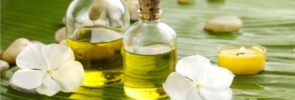You may have heard of Shea Butter before, mainly used as an active ingredient in many lip balms, creams, and lotions in the cosmetic industry but you may find yourself still asking, “What is Shea Butter?” Shea butter is extracted from the nuts of the Shea tree (Butyrospermum parkii), and it is also known by Karité in French which means tree of life due to its exceptional healing properties.
For millennia African people have used shea butter to protect their skin from the drying winds and sun.
As the name suggests, it is largely made of fat and oils, and is used both in the cosmetics industry and in the culinary industry, it has been used for centuries in Africa as cooking oil. Shea butter remains solid at room temperature, but melts at body temperature. The truth is that it has many uses, and is a great all-natural skin treatment to have on hand.
What is Shea Butter?
Compounds and Properties
Shea butter is rich in essential fatty acids that will give your skin and hair that youthful glow. It contains the following fatty acids: oleic acid (40-60%), stearic acid (20-50%), linoleic acid (3-11%), palmitic acid (2-9%), linolenic acid (<1%) and arachidic acid (<1%). Shea Butter has is high in unsaponifiables which are a type of fat that contributes to skin healing and restoration by anti-inflammatory action. While most contain 1-2 or maybe 3 percent unsaponifiables, unrefined Shea Butter contains 7 to 19 percent.
Shea butter contains vitamin E, an antioxidant that provides protection against the harmful effects of UV radiation and free radicals and can help reduce the progress of aging; it contains vitamin A, a nutrient critical in rebuilding skin and keeping it firm; and vitamin F, another vital component of cell membranes.
One of the most important properties of Shea butter is its role in preventing the drying out of both skin and hair thanks to its emollient and humectant properties. Since Shea butter is all natural it is perfect for baby care. Suitable for the delicate and sensitive skin of babies is a wonderful healer in case of eczema or diaper rash for babies and kids.
Shea butter is also great at repairing blemishes of the skin, eczema, and dermatitis due to its exceptional healing properties. It can help to lessen the appearances of fine lines and prevent further wrinkling through its ability to moisturize and repair skin damage. It helps maintain the skin’s firmness and elasticity by stimulating the production of collagen, a protein that sustains the structure of the skin.
In addition, it’s a natural anti-inflammatory that can be used topically to ease the pain from muscle fatigue, sprains or arthritis.
Shea butter has been used as a sunblocking lotion due to its capacity to absorb ultraviolet radiation. It contains a significant amount of cinnamic acid, a substance acting as a natural SPF 4. Carotenoids and Vitamin E presents in shea butter are sun protective as well.
Shea Butter protects hair from sun damage, has a protective and regenerative effect, restoring the hair structure, providing shine, softness, and volume.
Main Uses
Now that we’ve answered the question of “What is Shea butter ?” and talked about its properties, let’s take a look at some of its more important uses:
- For softening the hair and delivering nutrients to the scalp.
- For increasing the elasticity of the skin.
- For helping to hydrate your skin cells and keep your skin from being dry and flaky.
- For soothing dandruff problems in the scalp.
- For easing muscle pain.
- For making skin stronger and more resilient.
- For aiding in the healing of mild cuts and scratches.
- For soothing the sting and itch of insect bites or allergic reactions.
- For nasal congestion
- For protecting your skin from UV ultraviolet radiation
- For protecting your lips from the cold and dry weather
- For baby care
Refined or Unrefined?
Another great question to ask is whether you should use Shea butter in its refined or unrefined state. Like most products, you’re going to want to consume them in as natural a state as possible to avoid losing out on any precious nutrients. Refined Shea butter certainly isn’t going to hurt you, but in order to retain the maximum amount of vitamins, it’s better to go raw. Using raw, unrefined Shea butter enhances the oil’s anti-inflammatory and anti-aging properties, because refined oil contains less of the natural butter’s healthy fats, vitamin E, vitamin A, and vitamin F. By refining, up to 95% of vitamin content can be removed in refined grades of shea butter. So for maximum effectiveness as a moisturizer, it’s advisable to use raw unrefined Shea butter.
This is a suggested classification system for shea butter by The United States Agency for International Development, separating it into five grades:
A (raw or unrefined, extracted using water)
B (refined)
C (highly refined and extracted with solvents such as hexane)
D (lowest uncontaminated grade)
E (with contaminants).
The color of raw (grade A) butter ranges from cream to grayish yellow and it has a nutty aroma.
Shea butter is a great all-purpose skin treatment that can help ease pain and make superficial blemishes disappear. Use it to treat your signs of aging as well as any scars or stretch marks that you see developing as you grow and change. If your skin or hair is in desperate need of vitamins and hydration, pick up some raw, unrefined Shea butter and you will see results in no time.

